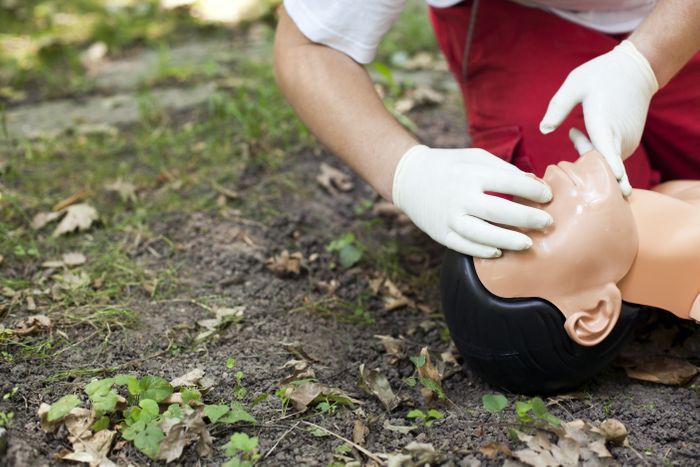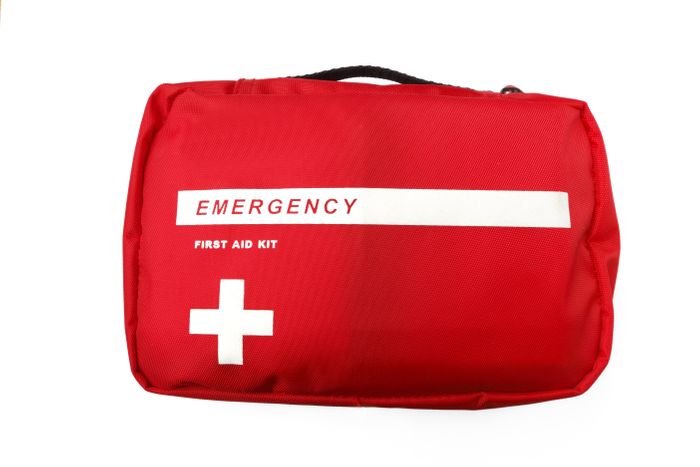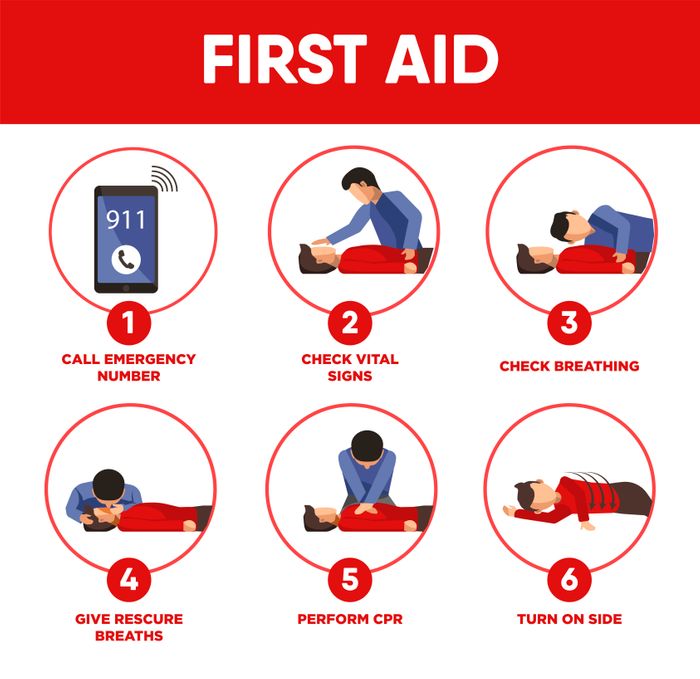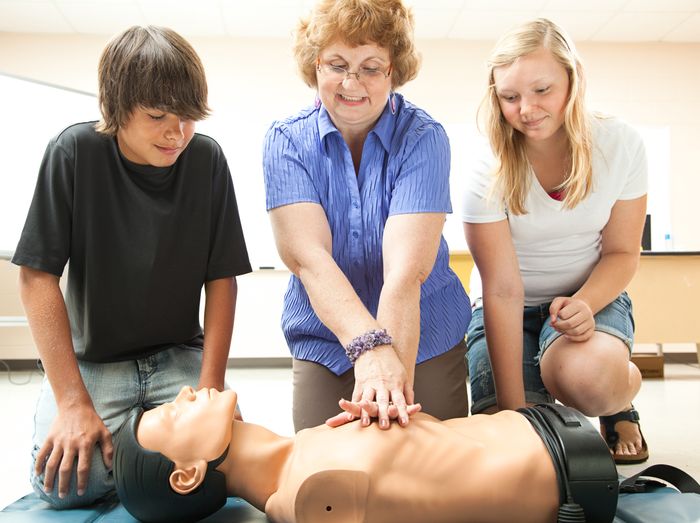Cardiopulmonary Resuscitation (CPR) is a life-saving technique that has become an integral part of first aid training worldwide. It is a critical intervention used in emergencies to sustain vital organ function when the heart and lungs stop working. Understanding the science behind CPR is essential for anyone, as it empowers individuals to respond effectively in emergencies and potentially save lives.
The Science Behind CPR: Saving Lives Through Cardiopulmonary Resuscitation

The Physiology of CPR
CPR operates on a simple yet profound principle: it aims to mimic the actions of the heart and lungs to maintain oxygen circulation throughout the body. When a person's heart stops beating (cardiac arrest), blood circulation halts, depriving vital organs of oxygen. CPR helps bridge this gap by manually compressing the chest and providing artificial ventilation to oxygenate the body.
The chest compressions in CPR serve as a substitute for the heart's pumping action. By pressing down on the chest, you force blood out of the heart and into the circulatory system, thereby supplying oxygen to the brain and other organs. The artificial ventilation, usually performed through mouth-to-mouth or with a mask, replaces the lung's function by delivering oxygen to the lungs, allowing it to diffuse into the bloodstream.

CPR's Role in the Chain of Survival
The "Chain of Survival" is a concept in emergency medicine that outlines the critical steps needed to maximize a person's chances of surviving cardiac arrest. CPR is a crucial link in this chain, and its timely initiation can significantly increase survival rates.
- Early recognition of cardiac arrest and activation of the emergency response system.
- Early bystander CPR, which ensures oxygen-rich blood circulation until professional help arrives.
- Rapid defibrillation, which is the use of automated external defibrillators (AEDs) to shock the heart back into a normal rhythm.
- Advanced life support provided by healthcare professionals.
CPR's effectiveness lies in its ability to buy time by maintaining oxygen supply until defibrillation or advanced medical care can be administered.

Guidelines for Effective CPR
Scientific research and clinical studies have led to the establishment of standardized CPR guidelines that maximize its effectiveness. Key principles include:
- Adequate chest compression depth (usually around 2 inches or 5 cm for adults).
- Proper compression rate (100-120 compressions per minute).
- Allowing complete chest recoil between compressions to facilitate blood refill.
- Minimizing interruptions in chest compressions to maintain blood flow.
These guidelines are regularly updated to reflect the latest research and best practices in resuscitation science.

The Importance of CPR Training
While CPR may seem straightforward in theory, it is a skill that requires proper training and practice to execute effectively. Training courses teach individuals not only the correct techniques but also how to recognize the signs of cardiac arrest and respond appropriately.
Furthermore, CPR training covers various scenarios, including adult, child, and infant CPR, as well as the use of AEDs. It emphasizes the importance of personal safety and encourages individuals to act swiftly and confidently during emergencies.

The Impact of CPR on Survival Rates
The science behind CPR is continuously evolving, and research efforts are dedicated to improving survival rates further. Early and high-quality CPR has been shown to double or even triple a person's chances of survival after cardiac arrest. As technology advances and more people receive CPR training, the global community is better equipped than ever to respond effectively to cardiac emergencies and save lives.
In conclusion, CPR is not just a simple set of actions; it is a scientifically grounded, life-saving intervention. Understanding the physiology of CPR, its role in the Chain of Survival, adherence to guidelines, the importance of training, and its impact on survival rates can empower individuals to take action during emergencies, turning bystanders into potential heroes who can make a significant difference in someone's life. CPR is not just a skill; it's a powerful tool that underscores the importance of science in saving lives.
